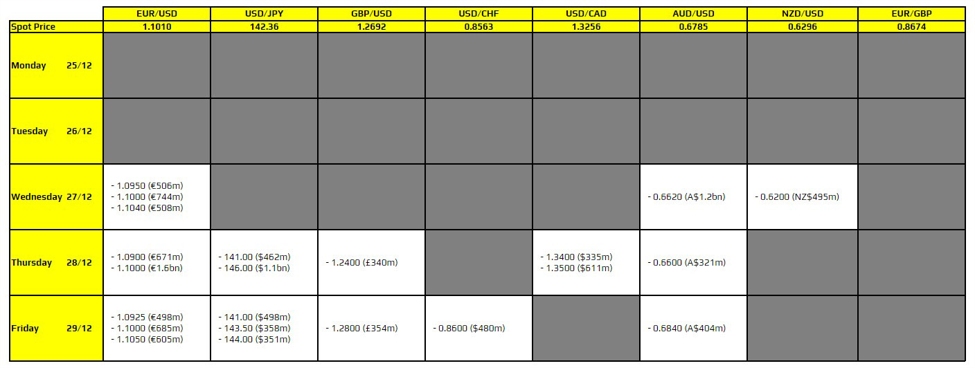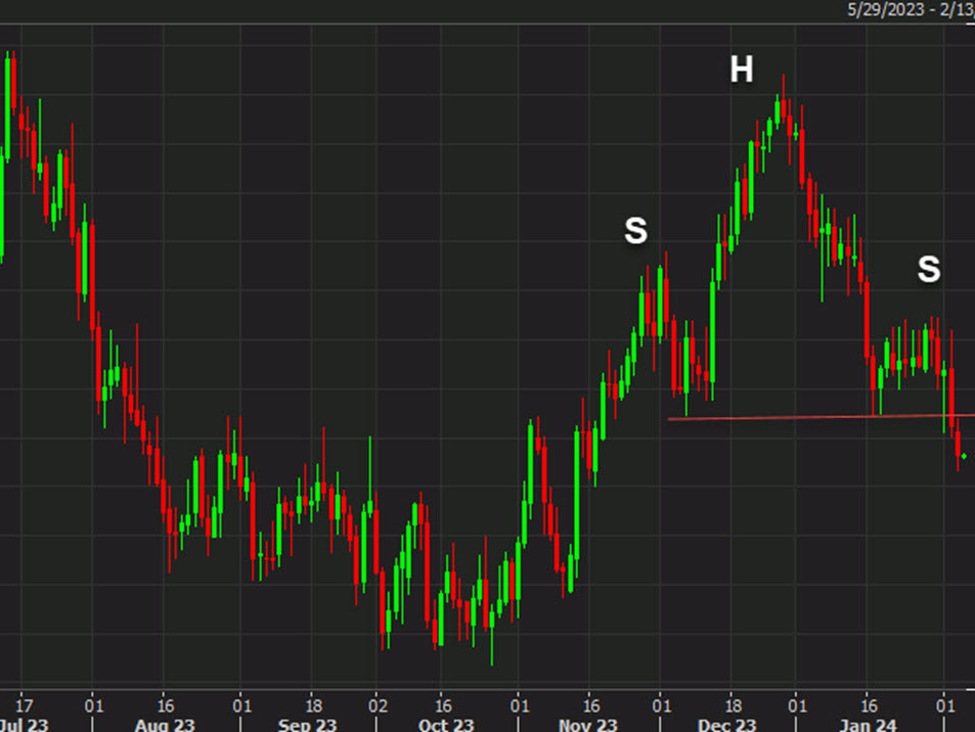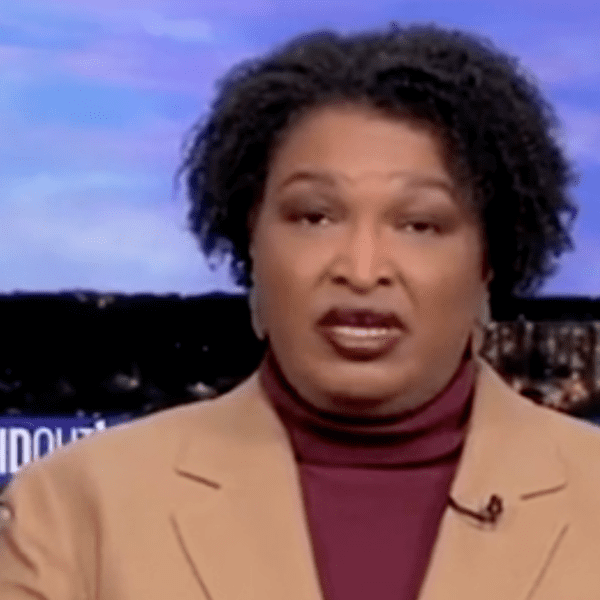The week will start off light on Monday in terms of scheduled economic events for the FX market, with the only notable release being the Chicago PMI in the U.S.
On Tuesday, the final manufacturing PMI data will be released for Japan, Switzerland, the eurozone, the U.K., and the U.S. Also on Tuesday, ECB President Lagarde, BoE Governor Bailey, BoJ Governor Ueda, and Fed Chair Powell will speak at a panel discussion titled “Policy Panel” during the ECB Forum on Central Banking in Sintra.
On Wednesday, the U.S. will release the ADP non-farm employment change and Thursday will bring Switzerland’s inflation data, along with several key releases from the U.S., including average hourly earnings m/m, non-farm employment change, the unemployment rate, unemployment claims, and the ISM services PMI.
Throughout the week, remarks are expected from various FOMC members and Friday will be a bank holiday in the U.S. in observance of Independence Day.
In Japan, the consensus for the Tankan manufacturing index is 10, down from the prior reading of 12, while the Tankan non-manufacturing index is expected at 34, slightly below the previous 35.
Both indexes are expected to deteriorate, largely due to the implementation of new U.S. auto tariffs. This tariff-related uncertainty is likely to exert pressure, particularly on the auto sector and other related industries.
Meanwhile, services are expected to remain more resilient, supported by solid domestic demand and stable labor market conditions. However, analysts note that despite the expected declines, sentiment would still be considered relatively firm by historical standards.
On the monetary policy front, the BoJ is expected to stay on course with policy normalization, assuming the survey does not reveal a sharper deterioration in business sentiment. Analysts from Wells Fargo anticipate a 25 bps rate hike to 0.75% in October, provided economic conditions remain stable and business outlooks hold up.
Eurozone inflation data is due this week and will help clarify whether the disinflationary trend is holding. Headline inflation is expected to come in at 2.0% y/y, while core inflation is likely to remain steady at 2.3%.
Overall, inflation continues to show signs of cooling, though this month’s slight uptick may be due to higher energy costs and rising goods prices. From a monetary policy perspective, the ECB is expected to deliver a final 25 bps rate cut at the September meeting, bringing the deposit rate down to 1.75%.
In the U.S., the consensus for the final manufacturing PMI is 52.0, unchanged from the prior reading, while the ISM manufacturing PMI is expected at 48.8 vs 48.5 previously.
This week’s manufacturing data is expected to show a modest improvement but will likely remain in contractionary territory. Weaknesses in the sector are expected to persist as long as uncertainty surrounding trade policy continues, Wells Fargo analysts said.
As a reminder, the 90-day reciprocal tariff pause is set to expire on July 9, prompting many firms to delay or cancel capital expenditure plans, which has significantly reduced new order flows. Regional Federal Reserve surveys from Richmond, Philadelphia, Kansas City, and New York all point to continued contraction in factory activity for June.
June’s Swiss CPI release will be key in assessing whether the SNB’s recent rate cut to 0.00% was well-timed. May’s -0.1% y/y print, driven largely by lower energy and tourism-related prices, prompted the central bank to revise its short-term inflation forecast downward, projecting Q2 2025 inflation at 0.0%. With both April and May showing flat or negative readings, a positive June print is needed to support that quarterly projection.
Markets will be watching closely to determine whether the SNB’s move away from negative rates was justified or premature. The bank’s next meeting is scheduled for September.
In the U.S., the consensus for average hourly earnings m/m is 0.3% vs prior 0.4%; non-farm employment change is expected at 120K vs prior 139K; and the unemployment rate is likely to rise from 4.2% to 4.3%.
The labor market continues to cool, with job growth slowing and unemployment gradually ticking higher. Hiring plans remain subdued, job postings are declining, and wage growth is expected to moderate to 0.3%, signaling weaker labor demand.
Wells Fargo analysts note that while generally employers are still reluctant to let go of existing workers, there are signs that layoffs have picked up with jobless claims rising to their highest level since 2021.
The consensus for the U.S. final services PMI is 53.1 vs prior 49.9, and for the ISM services PMI, it’s 50.8 vs prior 49.9.
The services sector is performing slightly better than manufacturing, and this week’s data is expected to show a return to expansionary territory. However, the sector remains vulnerable to trade-related headwinds. The anticipated improvement likely reflects modest stabilization, supported by resilient demand and easing cost pressures.















